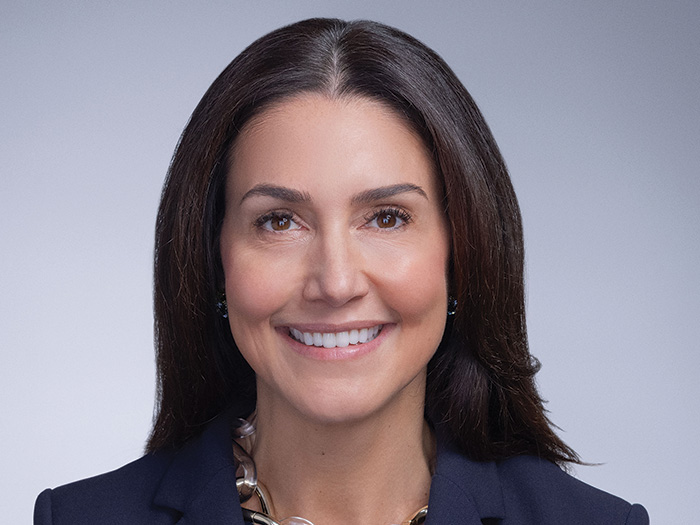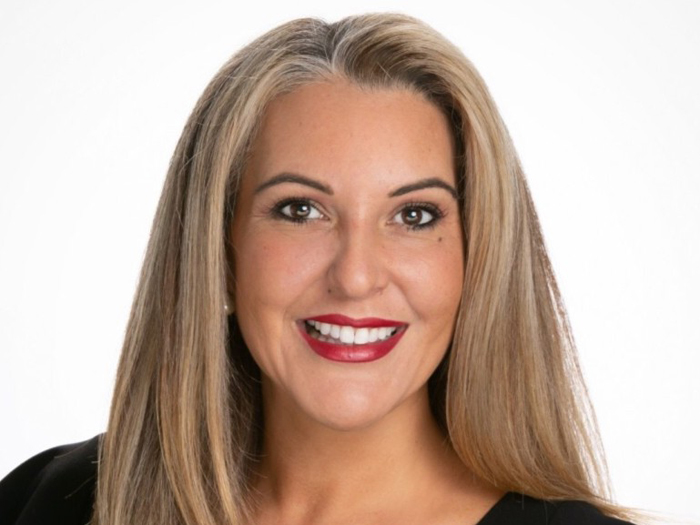2016 Teddy Awards
Recognizing Excellence
This year, our inbox was near to bursting with Teddy Award applications — we could barely keep up. What a fabulous problem to have.
It was gratifying to read about the outstanding efforts happening across the country, across all industries. So many programs rose to the top that it was a challenge to pare them down, let alone select overall winners.
For help in selecting winners, we turned to a panel of experts with many decades of hands-on experience. These leaders know what it takes to develop and maintain a truly excellent injury prevention and workers’ compensation program.
We asked the judges to reflect upon the experience.
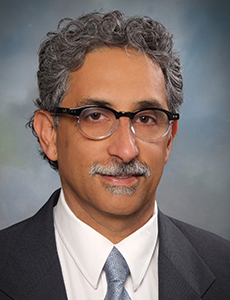 Roberto Ceniceros, senior editor, Risk & Insurance®; program chair, National Workers’ Compensation and Disability Management Conference® & Expo
Roberto Ceniceros, senior editor, Risk & Insurance®; program chair, National Workers’ Compensation and Disability Management Conference® & Expo
Q: What do you think is the most interesting trend among the Teddy applications this year?
This year’s applicants showed a willingness to apply real creativity to address their toughest comp challenges. That required them to put in the hard work necessary to implement their creative strategies. The trend also shows real bravery because creativity implies they weren’t always borrowing tested ideas as much as they were finding their own path that others can now learn from.
Another trend I saw among them is a growing capacity to engage workers or enlist their help in developing safety strategies and adopting helpful claims management practices. One of this year’s Teddy Award winning companies, for example, enlisted the help of its construction workers to design accommodating return-to-work tasks.
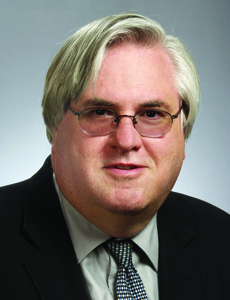 Mark Noonan, managing principal, casualty practice, Integro Insurance Brokers
Mark Noonan, managing principal, casualty practice, Integro Insurance Brokers
Q: As you evaluated this year’s Teddy Awards finalist applications, what struck you in terms of how much employer safety and workers’ comp programs have evolved since you’ve been in the industry?
Through a combination of employees demanding and assisting in developing safe work environments and procedures; enlightened employers who see the value of skilled healthy workers who provide a higher quality deliverable; the government agencies who provide expert guidance and, when necessary, legal recourse for dangerous exposures; and safe workplace advocates who provide assistance and act as watchdogs, safety is now a primary focus in the workplace.
While costs continue to rise as wages and cost of medical treatment and medication continues an upward trajectory, both frequency and severity are declining, with frequency declining every year except one for the last 20-plus years. Today, even companies that are viewed as having high risk job assignments measure the time between lost-time injuries in weeks or months not hours or days as in the last century.
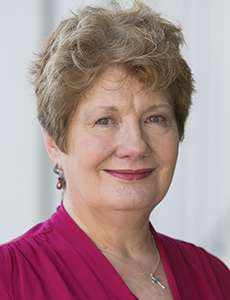 Anne-Marie Amiel, risk manager, Columbus Consolidated Government, Ga.; 2015 Teddy Award winner
Anne-Marie Amiel, risk manager, Columbus Consolidated Government, Ga.; 2015 Teddy Award winner
Q: Has learning about other strong safety and workers’ comp programs been of value to you in your quest to continuously improve your own?
Winning a Teddy Award for our program was one of the proudest moments of my life, but the ability to interact with other creative, successful program managers at the conference and thereby gain more ideas for even more improvement was an invaluable long-term benefit.
Being given the opportunity this year to take a look at how other highly successful programs have made a difference in the lives of their employees has been an honor, and the creativity of some of these managers inspires me to go even further in our program. Success is a process, not a destination, and I truly believe that those who are innovative can take creative ideas and build on them within their own organization. None of us own all the good ideas, but the ability to learn from and share with others will result in improvement in all sectors of the workers’ compensation world.
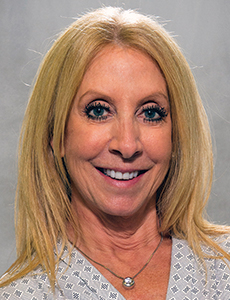 Caryl Russo, senior vice president, Barnabas Health Corporate Care; 2015 Teddy Award Winner
Caryl Russo, senior vice president, Barnabas Health Corporate Care; 2015 Teddy Award Winner
Q: From your perspective, how does recognizing employer programs benefit or enrich the workers’ comp community as a whole?
[Forums like the] Teddy Award provide a tremendous opportunity for sharing creative ideas and innovative programs among a wide range of companies and industries. This level of information exchange has far-reaching implications and benefits, and provides the foundation for other companies to consider implementing similar programs, again shining a spotlight on the area of workers’ compensation. There is a halo effect [as] other companies in the region or in the industry sector [look more closely] at how to achieve similar results and accolades. In essence, when we highlight an individual company’s success, we have the opportunity to elevate the broader workers’ compensation platform.
Most importantly, recognizing employer programs provides the chance to acknowledge the hard work of risk managers and other team members who deal with workers’ compensation on a daily basis and are often unsung heroes within their respective organizations.
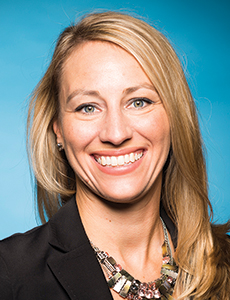 Jennifer Saddy, director of workers’ compensation, American Airlines; 2015 Teddy Award winner
Jennifer Saddy, director of workers’ compensation, American Airlines; 2015 Teddy Award winner
Q: What advice would you give to next year’s Teddy Award applicants?
There are a lot of great employers doing a lot of really great proactive things to prevent occupational injuries from occurring and improve the process when injuries do occur. My recommendation for next year’s Teddy Award applicants is to not only highlight the changes your organization has made but also clearly outline the results that those changes were able to achieve.
I also recommend the applicants illustrate the obstacles and challenges they’ve had to overcome in order to achieve the results. This provides the full picture and better helps to understand not only the issues, the changes, but also how significant those changes may have been to the organization.
_______________________________________________________
Read more about the 2016 Teddy Award winners:
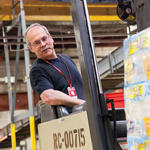 Bringing Focus to Broad Challenges: Target brings home a 2016 Teddy Award for serving as an advocate for its workers, pre- and post-injury, across each of its many operations.
Bringing Focus to Broad Challenges: Target brings home a 2016 Teddy Award for serving as an advocate for its workers, pre- and post-injury, across each of its many operations.
 The Road to Success: Accountability and collaboration turned Hampton Roads Transit’s legacy workers’ compensation program into a triumph.
The Road to Success: Accountability and collaboration turned Hampton Roads Transit’s legacy workers’ compensation program into a triumph.
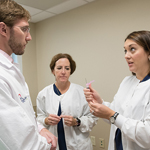 Improve the Well-Being of Every Life: Excela Health changed the way it treated injuries and took a proactive approach to safety, drastically reducing workers’ comp claims and costs.
Improve the Well-Being of Every Life: Excela Health changed the way it treated injuries and took a proactive approach to safety, drastically reducing workers’ comp claims and costs.
 The Family That’s Safe Together: An unwavering commitment to zero lost time is just one way that Harder Mechanical Contractors protects the lives and livelihoods of its workers.
The Family That’s Safe Together: An unwavering commitment to zero lost time is just one way that Harder Mechanical Contractors protects the lives and livelihoods of its workers.
More coverage of the 2016 Teddy Awards:
Recognizing Excellence: The judges of the 2016 Teddy Awards reflect on what they learned, and on the value of awards programs in the workers’ comp space.
Fit for Duty: 2013 Teddy Winner Miami-Dade County Public Schools is managing comorbid risk factors by getting employees excited about healthy living.
Saving Time and Money: Applying Lean Six Sigma to its workers’ comp processes earned Atlantic Health a Teddy Award Honorable Mention.
Caring for the Caregivers: Adventist Health Central Valley Network is achieving stellar results by targeting its toughest challenges.
Advocating for Injured Workers: By helping employees navigate through the workers’ comp system, Cottage Health decreased lost work days by 80 percent.
A Matter of Trust: St. Luke’s workers’ comp program is built upon relationships and a commitment to care for those who care for patients.
Keeping the Results Flowing: R&I recognizes the Metropolitan Water Reclamation District of Greater Chicago for a commonsense approach that’s netting continuous improvement.





